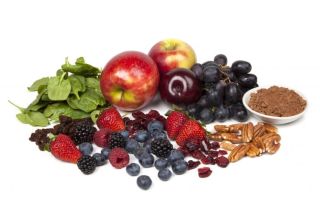Content
Quercetin in food, when used correctly, helps to improve well-being and strengthen immunity. To assess the benefits of a substance, you need to understand its action and understand where quercetin is present in greatest volumes.
What is Quercetin
The substance quercetin is an antioxidant and plant-derived flavonoid that is important for human health. In nature, the substance is responsible for the bright color of greens, fruits and vegetables.
The effect of quercetin on the body is that the substance regulates the vital activity of cells and the processes of oxidation and reduction, maintains water balance at a normal level and helps fight inflammation. The substance is present in many foods, and food supplements with a high quercetin content can be found in pharmacies.
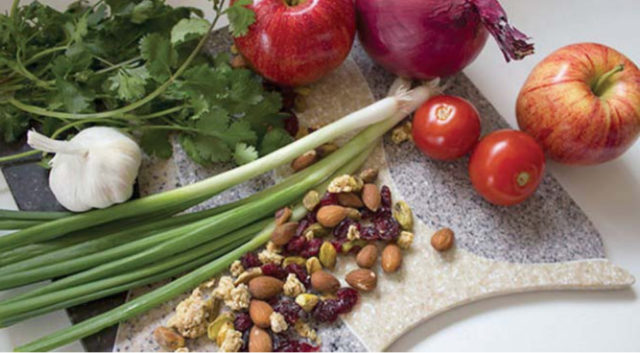
Quercetin does not belong to the category of essential vitamins, but it plays an important role in health. With a lack of substance, increased fatigue and weakness occur, immunity decreases, and the condition of the skin and hair worsens.
The benefits of quercetin
The flavonoid is important primarily for its antioxidant properties. It prevents premature cell destruction, fights free radicals and slows down the aging of the body. In addition, quercetin:
- helps to reduce the level of bad cholesterol and strengthens the vascular walls;
- normalizes blood pressure and benefits with a tendency to hypertension;
- serves as the prevention of serious heart ailments and protects against heart attacks and strokes;
- has an anti-inflammatory effect and helps the body to cope with viral and bacterial diseases;
- strengthens the immune system and prevents frequent colds;
- accelerates the healing process in case of skin damage;
- promotes faster bone healing in fractures;
- eases the condition with rheumatism, arthritis and osteochondrosis;
- protects eye health and prevents the development of glaucoma and cataracts in old age.
In cosmetology, quercetin is actively used in natural skin rejuvenation programs.
The harm of quercetin-rich foods
Like any substance, the beneficial quercetin can have negative effects. The flavonoid is rarely harmful, but overdose may cause headaches, skin irritations, and mild tingling sensations in the hands and feet.
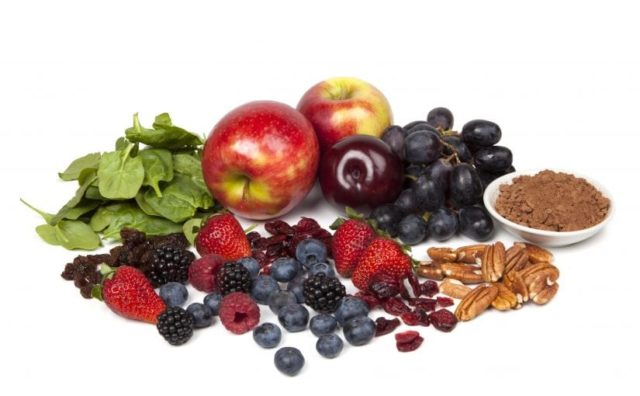
Since quercetin belongs to the same group as rutin, it has a blood thinning effect. The substance can be dangerous for people prone to bleeding.
Quercetin should be taken with caution along with antibiotics, vitamin C and aspirin. The flavonoid enhances their action even at the lowest dosages.
What foods contain quercetin
If there is a pronounced lack of quercetin in the body, it is recommended to purchase food supplements with a high content of the substance. But if you just need to maintain a normal level of flavonoid, then you should pay attention to some foods high in quercetin.
Onion
Onion is one of the leaders in substance content among products. Basically, quercetin is concentrated in the outer layers and the husk of the vegetable, its volumes can reach 4-5%.
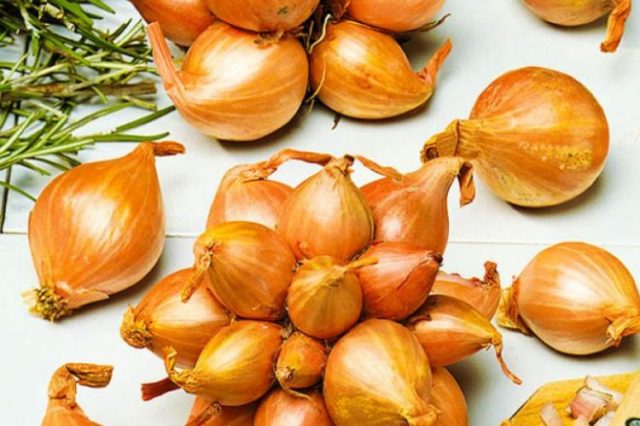
It is not without reason that hot onions are considered to be an excellent prophylactic agent against viruses and infections. Its beneficial effect is due, among other things, to the presence of quercetin. A useful broth can be made from onion husks - washed dry peels in the amount of 2 large spoons are poured with boiling water and insisted for 10 minutes.
Red fruits and berries
Quercetin is found in large quantities in red and orange plant foods. Most of the beneficial substance can be obtained from red apples and dark grapes, as well as from raspberries, citrus fruits, sea buckthorn and cranberries. All of these fruits and berries are actively used to combat colds and to maintain youth.

Cereals
Quercetin can be obtained from unprocessed brown rice and whole buckwheat. If you eat porridge for breakfast and dinner, it will have a positive effect not only on digestion, but also on the health of the body as a whole. The work of blood vessels and blood supply to the brain will improve, and vigor will increase. About 300 g of buckwheat porridge per day will quickly bring a noticeable effect.
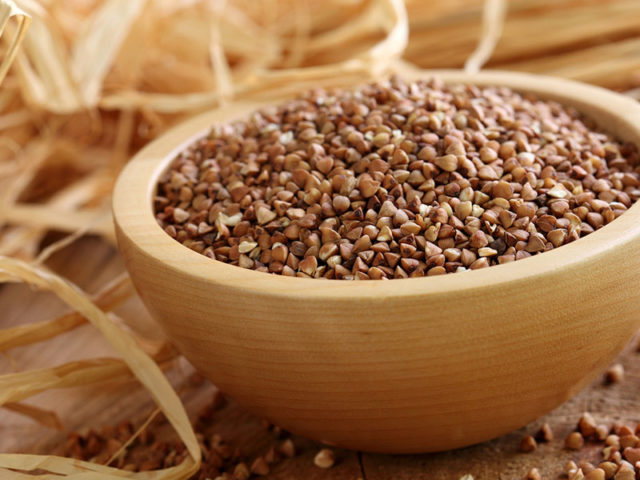
Olive oil and nuts
Quercetin isn't just found in fruits and vegetables. The flavonoid is found in large quantities in olive oil, hazelnuts, almonds, peanuts, and pistachios. It is enough to eat a handful of nuts a day or season salads with vegetable oil to keep the level of the beneficial antioxidant in the body within the normal range.

Quality oil and nuts supply the body not only with quercetin, but also with valuable fatty acids. Eating these products is beneficial for weakened blood vessels and high cholesterol.
Beverages
You can get quercetin not only from food. The substance is found in some drinks. The leaders in terms of antioxidant volumes are:
- rosehip broth;
- green and black tea;
- Red wine.
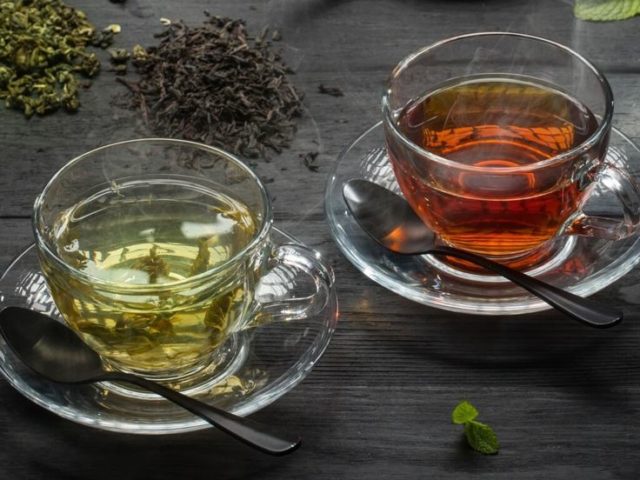
The listed drinks have a beneficial effect on blood circulation and strengthen blood vessels. Antioxidants in their composition increase vigor, strengthen memory and concentration. You can drink tea and berry broth 1-2 cups a day, it is recommended to drink wine no more than 1 time a week.
Contraindications to products containing quercetin
The substance quercetin is essential for the human body and cannot by itself cause allergies. However, for some conditions, care must be taken when consuming products containing quercetin. Foods rich in this antioxidant can harm:
- with diseases of the thyroid gland;
- during pregnancy and breastfeeding;
- in children under 12 years of age, foods with high levels of flavonoid often cause allergies in children;
- in diseases of the kidneys and liver, large quantities of quercetin are poorly excreted from the body and creates an excessive load on the excretory system.
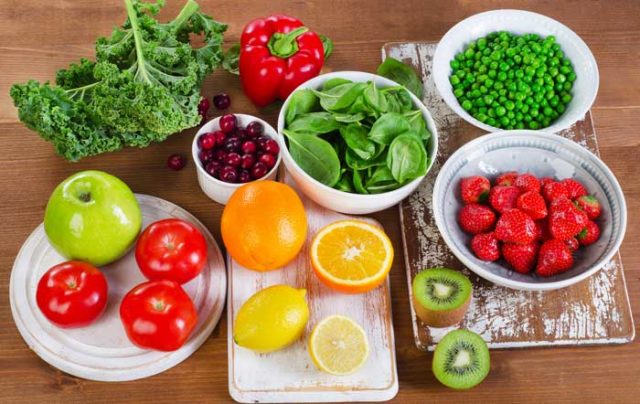
Quercetin-rich vegetables and fruits should not be used for exacerbations of digestive diseases - pancreatitis, ulcers and gastritis. The danger is not so much a flavonoid as organic acids in plant products, they irritate mucous membranes. It is also necessary to abandon foods with a high content of the substance if there is an individual intolerance to a particular food.
Quercetin content table in foods
In small doses, the flavonoid is present in many foods. A visual table will help you understand which food contains the most nutrients:
|
Product |
Quercetin volumes in mg per kg |
|
Buckwheat |
80000 |
|
Onion peel |
40000 |
|
Green and black tea |
from 2000 to 2500 |
|
Capers |
1800 |
|
Red onion |
1810 |
|
Red grapes |
158 |
|
Oranges |
|
|
Broccoli and tomatoes |
|
|
Raspberry |
|
|
Blueberry |
|
|
Wild cranberry |
121 |
|
Chokeberry |
89 |
|
Lingonberry |
74 |
|
Sea buckthorn |
63 |
|
Apples |
44 |
As can be seen from the table, it is most convenient to maintain a normal level of flavonoid in the body with buckwheat and natural teas without chemical additives.
Rules for the use of products containing quercetin
To maintain the health of the body, it is recommended to receive per day:
- 250 mg of beneficial substance for adults;
- 150-250 mg of antioxidant for children 7-12 years old.

When consuming products containing quercetin, you must adhere to the general rules of a healthy diet. Namely:
- make up a diet as diverse as possible, the menu should contain proteins, carbohydrates and fats;
- do not focus on only one product, even if it contains a lot of quercetin;
- take into account the characteristics of your own body and do not eat food that causes allergies or can provoke exacerbation of chronic ailments.
Useful Tips
The substance quercetin in products is recommended to be consumed together with vegetable oils and animal fats. In this case, the flavonoid dissolves better in the stomach and is fully absorbed by the body.
It enhances the action of ascorbic acid and prevents its destruction. With vitamin deficiency and reduced immunity, vitamin C and quercetin are useful to use at the same time, they have a double positive effect.

Conclusion
Quercetin in foods has beneficial effects on the immune system and circulation. Regular consumption of food rich in this antioxidant has a good effect on the state of blood vessels and prevents the aging process.

